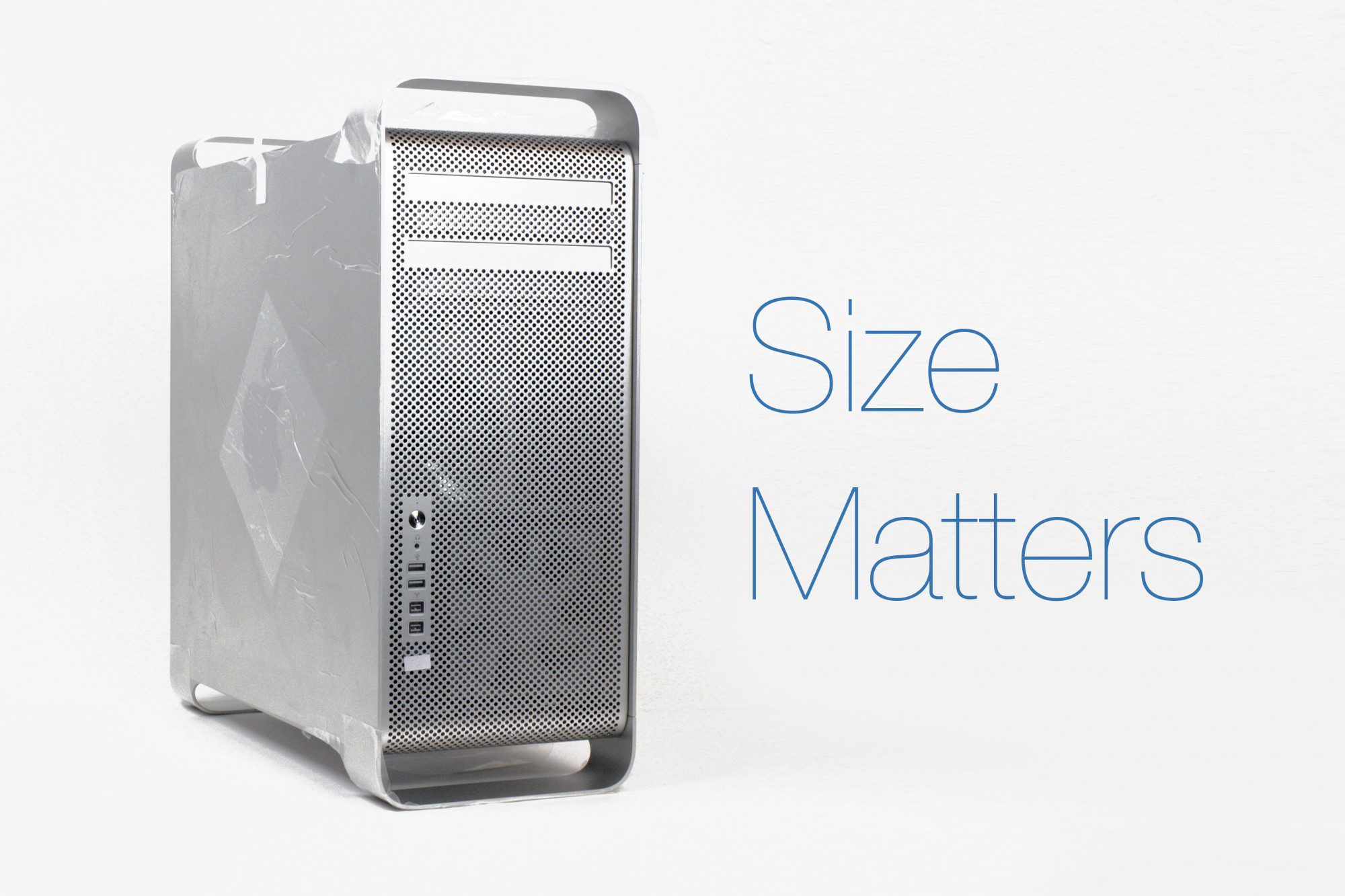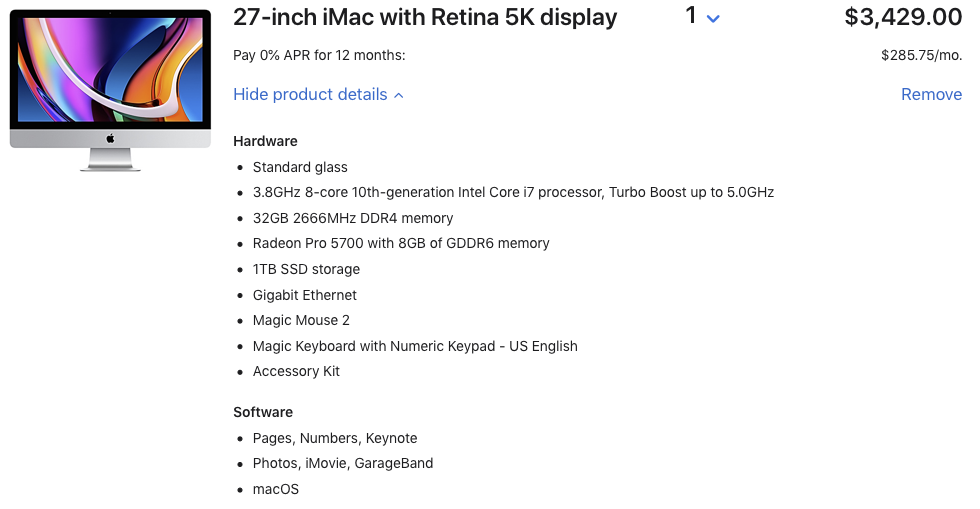
The 32-bit era began with the release of the 386DX CPU in 1985. In 2007, Intel stressed that only the new Atom processor was about as cost-efficient as the 80286 25 years earlier. The 80286 is remembered as the Intel processor that provided the highest performance gain over its predecessor and one of the most cost-efficient processors Intel ever produced. The chip was manufactured in 1500 nm and included 134,000 transistors.
#Intel w series cpus for mac pro 2009 Pc
This processor was popular in IBM-PC AT and AT PC clones. Intel's 80286 debuted with memory management and wide protection abilities, and reached clock speeds up to 25 MHz with a performance of more than 4 MIPS in 1991. While the 432 was originally designed as a replacement for the 8086 series, the project was ended in 1982. Designed for high-end systems, the downfall of the 4-8 MHz 432 was the fact that it was much more expensive to produce and slower than the emerging 80286 design. Introduced in 1981, the 432 was Intel's first 32-bit design – an amazingly complex design for its time that integrated hardware-based multitasking and memory management features. Other future ill-fated processor designs included the i860/i960 in the early 1990s as well as the highly integrated Timna processor in 2000.

The iPAX 432 is one of the very few Intel processor designs that flopped and Intel does not talk about anymore. The Tandy 2000 was among the first PCs that used the 80186. In 1982, Intel launched the 80186 CPU, which was also based on the 8086, but was built in 2,000 nm and hit more than 1 MIPS at 6 MHz clock speed. The IBM 5150, the first PC, came with the 8088 (5-8MHz), which was identical to the 8086 with the exception of its 8-bit internal bus. With 29,000 transistors built in a 3,000 nm design, the 8086 was clocked from 5 to 10 MHz and achieved up to 0.75 MIPS in computers such as the IBM PS/2. The 8086, also known as the iAPX 86, was Intel's first commercial 16-bit CPU and is considered to be the chip that launched the era of x86 processors.

None of these chips were sold in considerable volumes. The 8080 followed in 1974 with 4,500 transistors in 6,000 nm with up to 2 MHz and became famous for being used in the Altair 8800 as well as in Boeing's AGM-86 cruise missile. The 8-bit 8008 replaced the 4004 in 1972 with 0.5 to 0.8 MHz clock speed and 3,500 transistors, and was primarily used in the TI 742 computer. Produced in a 10 μm (10,000 nm) process, the 4004 had 2,300 transistors and delivered a performance of 0.07 MIPS. The chip was packaged in a 16-pin ceramic dual in-line package and was initially released with a clock speed of 108 KHz (and scaled up to 740 KHz). The 4004, manufactured from 1971 to 1981, was the first commercially available processor as well as the first complete CPU on a single chip. Here's a visual walk through the history of Intel processors from the early 1970s to today, starting with the 4004 chip.


 0 kommentar(er)
0 kommentar(er)
